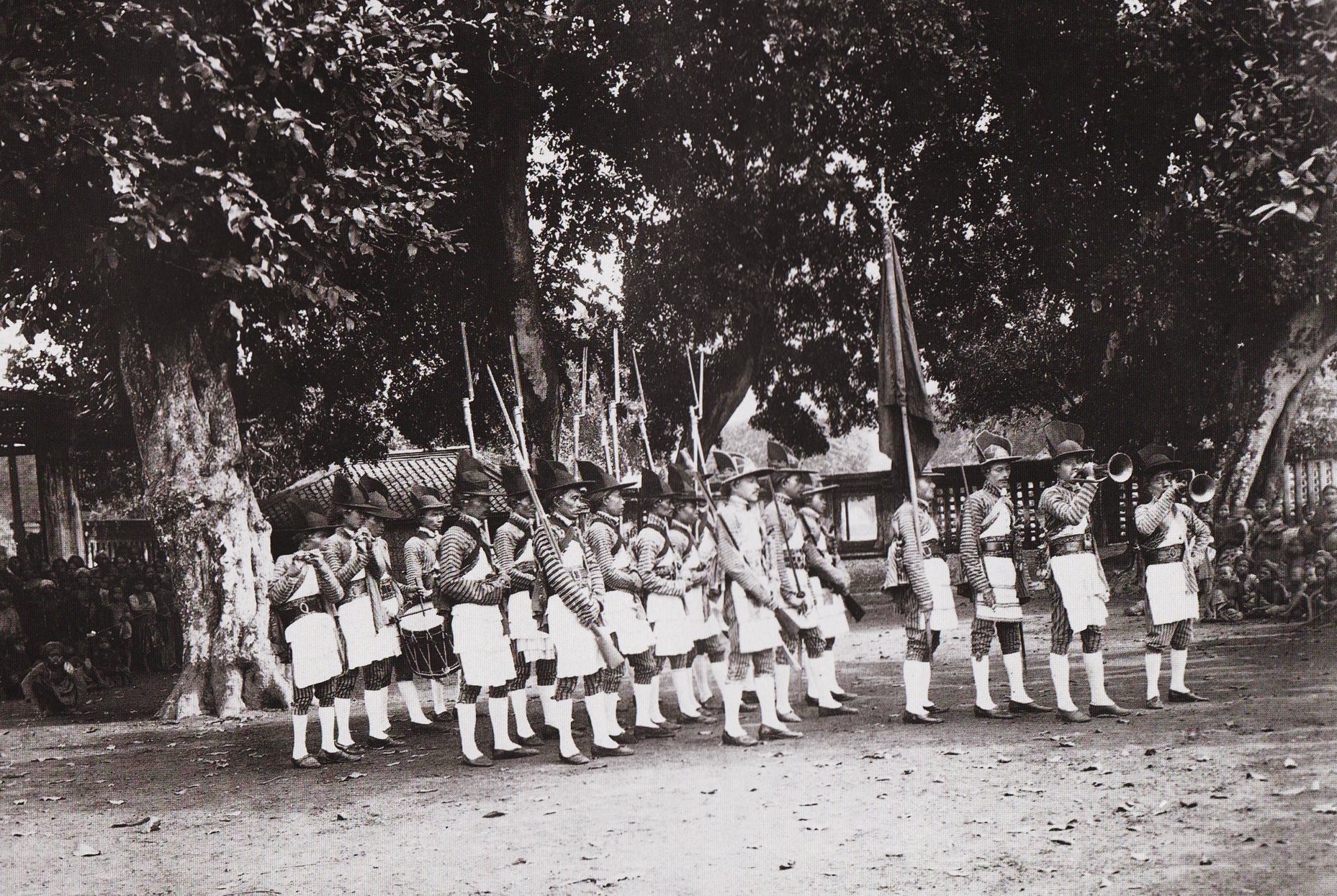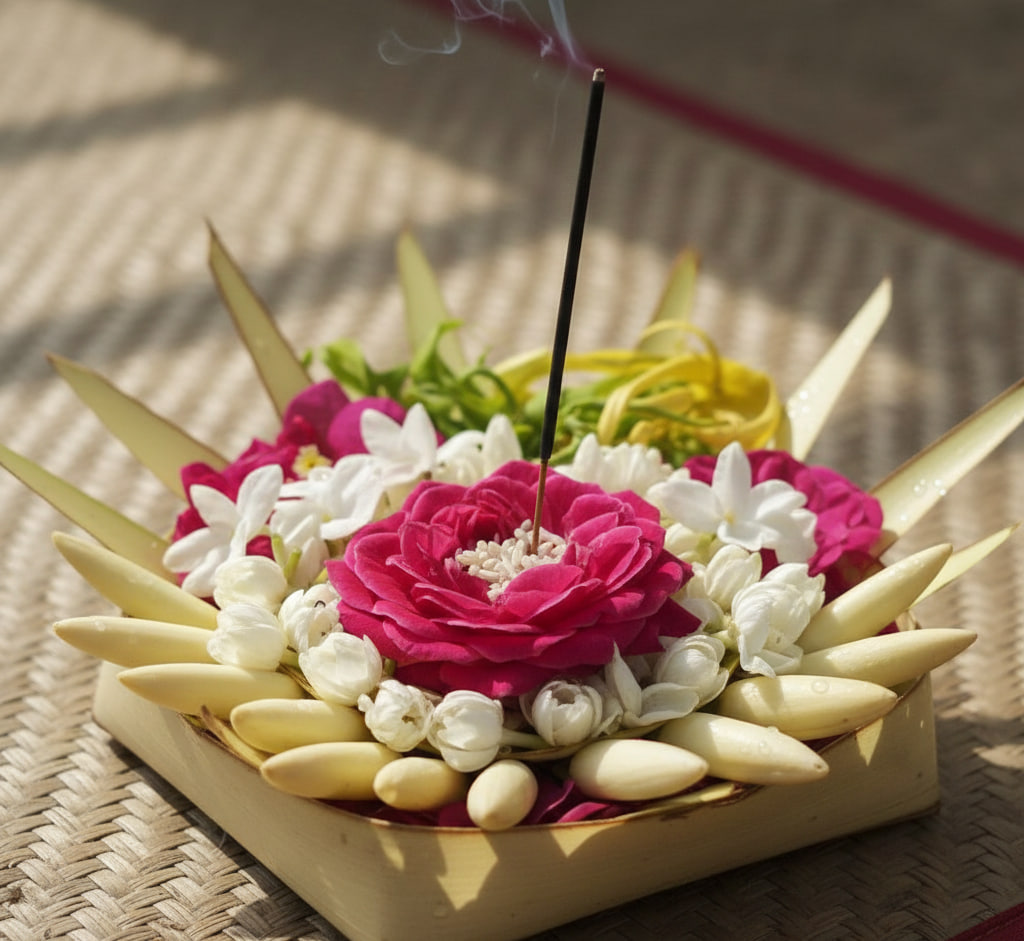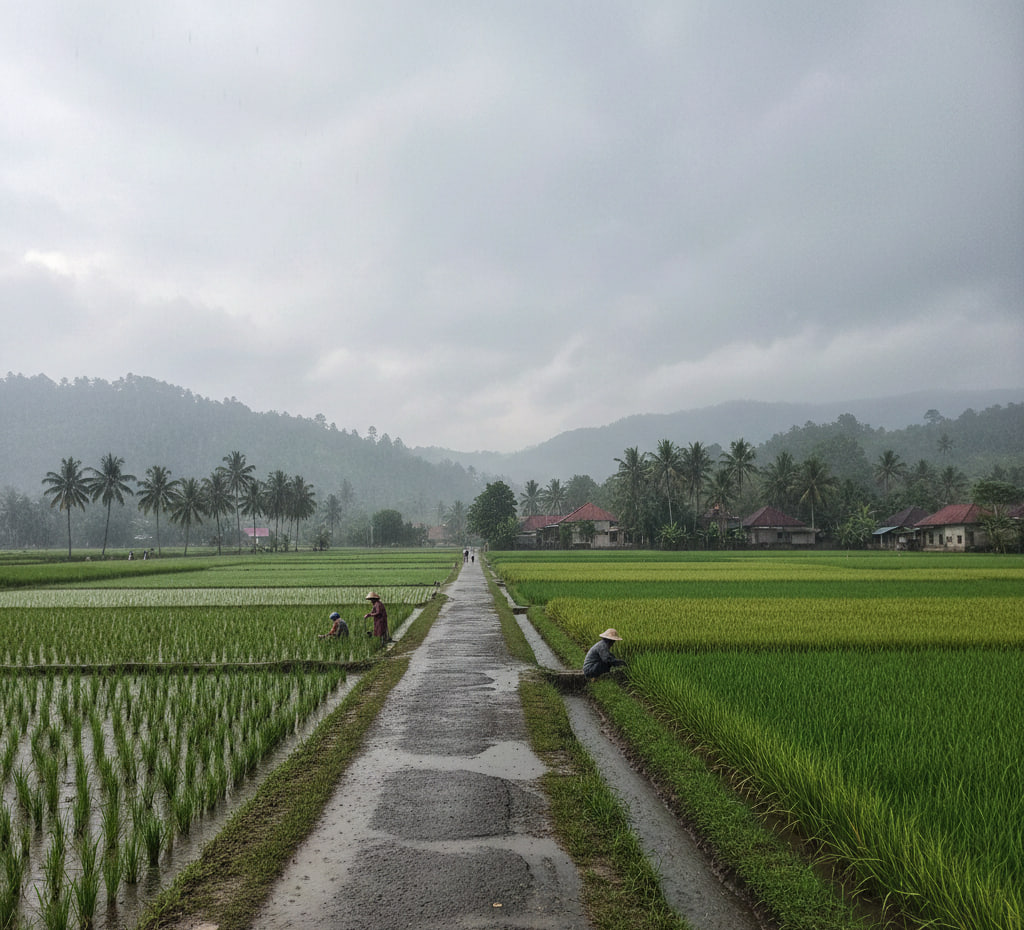News
Cepuri Parangkusumo: Traces of Senopati, the Promise of Ratu Kidul, and Royal Rituals by the Southern Sea
For many visitors, Parangkusumo Beach is all about the roaring waves, the desert-like sand dunes, and the perfect sunset spot. But if you take a few steps further north, there’s something more profound waiting—an unassuming sacred site that carries stories of kings, spirits, and ancient rituals. This is Cepuri Parangkusumo.
The structure looks simple: a white-walled enclosure with a southern-facing gate. Inside, however, lie two black andesite stones, known as Selo Ageng and Selo Sengker. To the casual eye, they might just be rocks. But legend has it that Panembahan Senopati, the founding king of Mataram, once meditated upon them and met none other than Kanjeng Ratu Kidul, the mystical Queen of the Southern Sea. These stones became silent witnesses of a “cosmic pact” between the rulers of Mataram and the queen of the ocean.
In 1991, the provincial tourism office built a white perimeter wall to protect the stones, measuring 16.4 by 13.22 meters. Today, Cepuri Parangkusumo is officially recognized as a cultural heritage site under the Yogyakarta Palace.
From Ancient Chronicles to Rituals
The origins of Cepuri are recorded in Babad Tanah Jawi and Serat Kandha. They tell the story of Panembahan Senopati seeking divine guidance on the southern shore, and in the process, forging a mystical alliance with Ratu Kidul. This bond between the kingdom and the sea shaped the foundation of Mataram’s spiritual authority.
This is why the Yogyakarta Palace continues to hold the Labuhan Parangkusumo ritual every year on the 30th of Rajab, commemorating the coronation of Sultan Hamengkubuwono X.
The word labuh means “to cast off” or “to let go into the sea.” Yet this is no mere act of disposal. The offerings include strands of hair, clipped nails, used royal garments, parasols of the Sultan, and dried flowers from palace heirlooms. Carefully prepared by the palace kitchens, these items are set adrift into the waves—an expression of gratitude and harmony with nature.
Pilgrimage and Mystery
Beyond its role in royal ceremonies, Cepuri Parangkusumo is also a pilgrimage site. Visitors often come during mystical nights—Tuesday Kliwon or Friday Kliwon—believed to hold spiritual energy. Some pray, some seek blessings, while others simply wish to experience the aura of this enigmatic place.
In the end, Cepuri Parangkusumo is more than just a historic site or a legend about a sea queen. It is a living reminder that in Javanese culture, power, spirituality, and nature are inseparably bound, weaving together the visible and the unseen.



